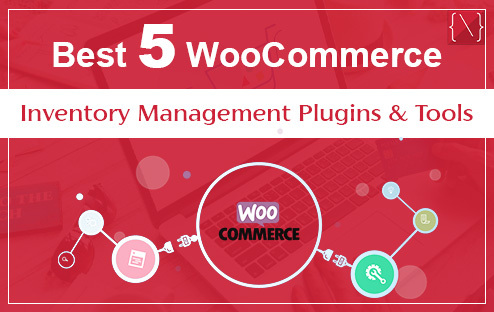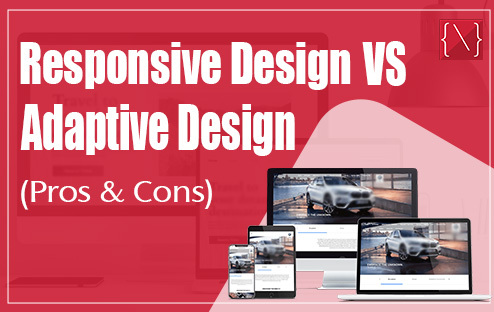Best 5 WooCommerce Inventory Management Plugins & Tools
Running a WooCommerce store is an exciting venture, but efficient inventory management is crucial for its success. Manually tracking stock levels can quickly become overwhelming as your business grows. Fortunately, a plethora of fantastic WooCommerce inventory management plugins and tools exist to streamline this process. This blog post will explore the top 5 options to empower you to take control of your inventory and keep your store running smoothly.
Essential Features to Consider:
Before going through the specific plugins, let’s explore some key features to prioritize in your inventory management solution:
- Low Stock Alerts: Be notified when product quantities dip below a predefined threshold to prevent stockouts and ensure a seamless customer experience.
- Multi-location Support: Manage inventory across various warehouses or retail locations, enhancing operational efficiency for businesses with a physical presence.
- Product Variation Management: Effectively track stock levels for products with multiple variations (size, color, etc.), crucial for businesses offering a diverse product range.
- Reporting and Analytics: Gain valuable insights into inventory performance, sales trends, and customer preferences. This data empowers you to make informed decisions regarding stock levels, purchasing, and marketing strategies.
Top 5 WooCommerce Inventory Management Solutions:
- ATUM Inventory Management for WooCommerce:-
ATUM stands out as a comprehensive and free inventory management solution for WooCommerce stores. It boasts a user-friendly interface and supports various product types, including simple products, variations, grouped products, and external products. ATUM offers features like bulk editing, purchase order management, reporting, and low stock alerts, making it a powerful free option for businesses of all sizes.
- Smart Manager for WooCommerce:-
This feature-rich plugin caters to stores managing large or complex inventories. Smart Manager excels in bulk editing capabilities, allowing you to efficiently update stock levels, prices, and other product information across numerous items. It also provides functionalities like low stock alerts, purchase order management, and insightful reporting to give you a clear view of your inventory health.
- WooCommerce Multi-Location Inventory Management:-
If you operate with multiple warehouses or retail locations, this premium plugin is a game-changer. WooCommerce Multi-Location Inventory Management streamlines stock management across various locations. It enables you to track inventory levels for each location, set up automatic stock transfers, and even showcase product availability based on customer location, enhancing the customer experience.
- Zoho Inventory:-
Zoho Inventory is a comprehensive cloud-based inventory management system that integrates seamlessly with WooCommerce. This robust solution offers a plethora of features, including multi-channel inventory management, purchase order management, barcode scanning, and detailed reporting. Zoho Inventory is ideal for businesses that require a scalable solution to manage complex inventory operations.
- Finale Inventory eCommerce:-
Finale Inventory is another cloud-based inventory management system offering a powerful integration with WooCommerce. It caters to businesses with high-volume inventory or those that require advanced features like batch tracking, kitting (assembling products from components), and Landed Cost calculations (including all import fees). Finale Inventory provides in-depth reporting and analytics to empower informed decision-making.
Conclusion
Choosing the ideal WooCommerce inventory management solution depends on your specific business needs and budget. Consider the size and complexity of your inventory, the number of sales channels you operate on, and your desired level of automation. By implementing a robust inventory management solution, you’ll gain greater control over your stock levels, reduce the risk of stockouts, and free up valuable time to focus on growing your business.
ALSO READ:- Shopify vs WooCommerce: Which One To Choose And Why?Read more
 AJ 14, Salt Lake, Sector 2, Kolkata - 700091 |
AJ 14, Salt Lake, Sector 2, Kolkata - 700091 |  743 Virginia Ave NE Atlanta, GA 30306
743 Virginia Ave NE Atlanta, GA 30306


